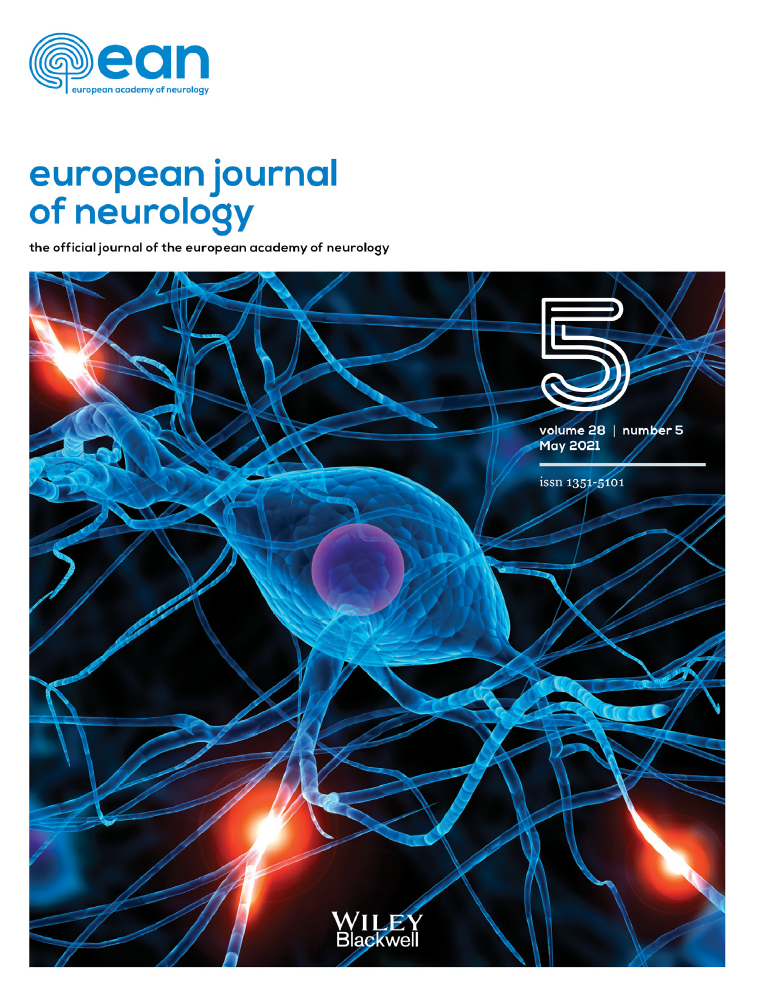Mozart effect in epilepsy: Why is Mozart better than Haydn? Acoustic qualities-based analysis of stereoelectroencephalography
Funding information
This work was supported by research project AZV 17-32292A and SIX Research Centre.
Abstract
Background and purpose
We aimed to confirm the Mozart effect in epileptic patients using intracerebral electroencephalography recordings and the hypothesis that the reduction of epileptiform discharges (EDs) can be explained by the music's acoustic properties.
Methods
Eighteen epilepsy surgery candidates were implanted with depth electrodes in the temporal medial and lateral cortex. Patients listened to the first movement of Mozart's Sonata for Two Pianos K. 448 and to the first movement of Haydn's Symphony No. 94. Musical features from each composition with respect to rhythm, melody, and harmony were analyzed.
Results
Epileptiform discharges in intracerebral electroencephalography were reduced by Mozart's music. Listening to Haydn's music led to reduced EDs only in women; in men, the EDs increased. The acoustic analysis revealed that nondissonant music with a harmonic spectrum and decreasing tempo with significant high-frequency parts has a reducing effect on EDs in men. To reduce EDs in women, the music should additionally be gradually less dynamic in terms of loudness. Finally, we were able to demonstrate that these acoustic characteristics are more dominant in Mozart's music than in Haydn's music.
Conclusions
We confirmed the reduction of intracerebral EDs while listening to classical music. An analysis of the musical features revealed that the acoustic characteristics of music are responsible for suppressing brain epileptic activity. Based on our study, we suggest studying the use of musical pieces with well-defined acoustic properties as an alternative noninvasive method to reduce epileptic activity in patients with epilepsy.
CONFLICT OF INTEREST
The authors report no conflicts of interest.
Open Research
DATA AVAILABILITY STATEMENT
The data that support the findings of this study are available from the corresponding author upon reasonable request.




